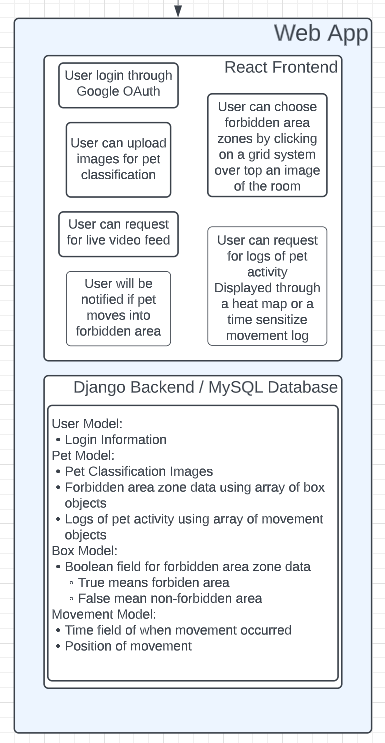This week has been sort of a whirlwind of actually finalizing our design plans. For me, that mostly looked like plenty of research. Near the beginning of the week, I spent a while searching for ways that we might be able to configure this project to work with an FPGA to do the vision and ML algorithms (the best verdict I found, by the way, was to simplify the camera connection as much as possible by doing it as a SPI connection). However, this route was deemed infeasible at the faculty meeting on Wednesday, and so we went back to the original plan of using a Raspberry Pi. As such, I’ve spent the rest of the week seeking information/tutorials on how to use rPi’s in ways that are relevant to our project. I’ve also been working on the Design Review presentation.
Our schedule for this week was still primarily research on my end, so I would say that I’m still on schedule at this time. The intention is acquire the hardware and begin the actual implementation process starting this coming week. In particular, my deliverables/goals for next week are to start working with the Raspberry Pi – something like being able to run a generic ‘Hello World!’ – and to start exploring the OpenCV library (on my laptop, not the rPi) to get a working video tracker in Python.
Regarding the engineering courses that pertain to my side of the design principles (Computer Vision and being the primary source for getting the rPi working), for the most part there aren’t any. I have some exposure to OpenCV through my Computer Vision course (which is technically in robotics, not engineering), but even that involved much more of learning the computer vision actual algorithms than learning how to use OpenCV, as one would expect. No other engineering courses I’ve taken are even remotely relevant. To compensate for my lack of background in rPi’s, I’ve been reading a lot of internet tutorials over the last few days.

